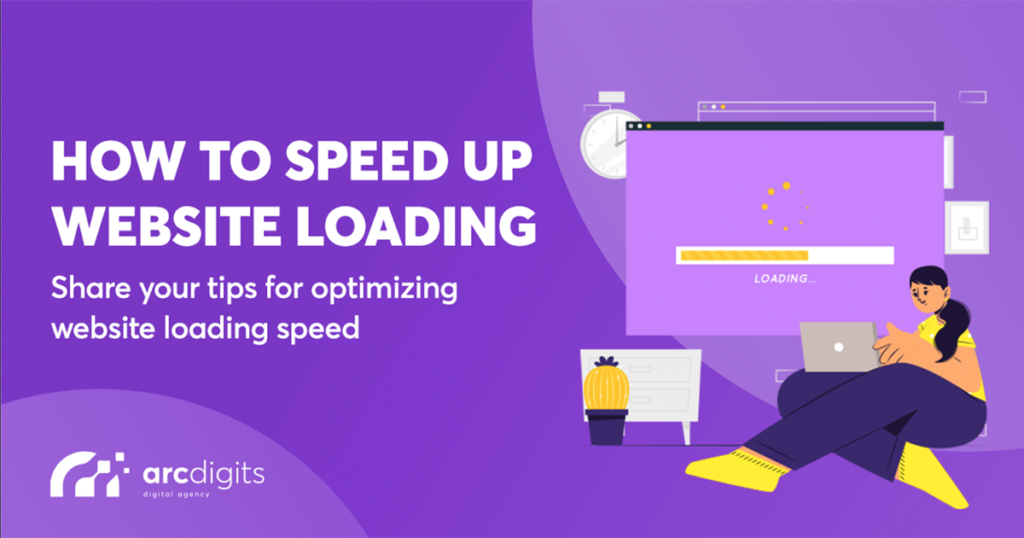In today’s fast-paced world, website loading speed is no longer a luxury, it’s a necessity. A few seconds of delay can prevent visitors from abandoning your site, leading to lost conversions and frustrated users. The good news is that there are several steps you can take to improve website loading speed and create a smooth, enjoyable experience for your visitors. In this article, we’ll explore some of the most effective website speed optimization techniques, to help you boost website performance.
1. Optimize Images for the Web
Images are often the biggest culprits when it comes to slow loading times. Here are some tips for website image optimization:
- Choose the right image format: Use JPEG for photos and PNG for graphics with transparency.
- Compress images: Many free and paid tools are available to compress images without sacrificing quality. Consider using tools like TinyPNG or JPEG Optimizer.
- Resize images: Ensure your images are no larger than the dimensions they are displayed on your website.
- Consider using WebP images: This newer image format offers superior compression compared to JPEGs. Learn more about WebP.
2. Reduce HTTP Requests
Every element on your website, from images and videos to CSS and JavaScript files, requires a separate HTTP request. The more requests a browser has to make, the slower your website will load. Here’s how to minimize HTTP requests:
- Minify CSS, JavaScript, and HTML: This process removes unnecessary characters like whitespace and comments from your code, reducing the file size. Tools like Minify can help with this.
- Combine multiple CSS and JavaScript files: By combining multiple small files into a few larger ones, you can significantly reduce the number of HTTP requests.
- Leverage browser caching: Set caching headers to instruct browsers to store frequently accessed files locally, so they don’t need to be downloaded every time a visitor returns to your site.
3. Leverage a Content Delivery Network (CDN)
A CDN is a network of geographically distributed servers that store copies of your website’s content. When visitors access your site, their request is routed to the closest CDN server, significantly reducing the time it takes for content to load. Using a CDN can be a game-changer for websites with a global audience. Popular CDN providers include Cloudflare and Amazon CloudFront.
4. Minify Render-Blocking JavaScript
JavaScript can sometimes block the rendering of your website’s content, slowing down the perceived loading speed. Here are two ways to optimize JavaScript:
- Use asynchronous loading: This allows the browser to load your website’s content while simultaneously downloading JavaScript files.
- Defer non-critical JavaScript: Deferring scripts means they will be loaded after the HTML content has been parsed, improving initial page load times.
5. Choose a High-Performance Hosting Provider
The quality of your web hosting provider can significantly impact your website’s speed. Look for a provider that offers reliable servers, fast connection speeds, and website speed optimization features like caching and CDNs. Some reputable hosting providers known for speed include SiteGround and Kinsta.
Conclusion
By implementing these website speed optimization techniques, you can significantly improve your website’s loading speed and create a more positive user experience. Remember, a fast website is not just about keeping visitors happy, it’s also essential for SEO (Search Engine Optimization) and can lead to higher conversion rates and increased sales.


